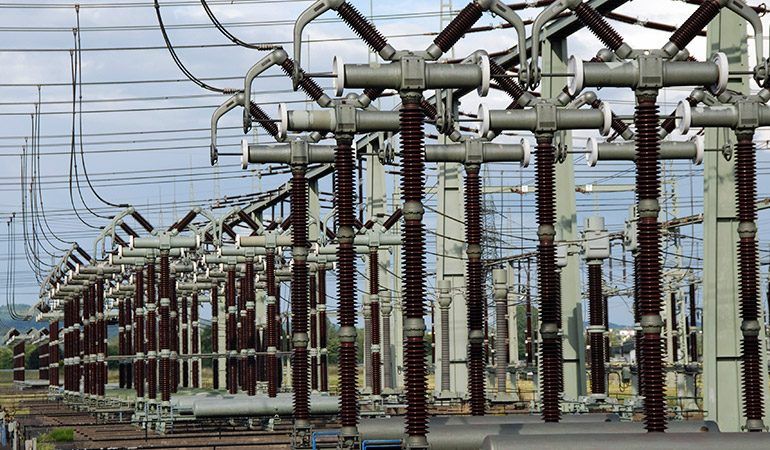
Overhead Line Monitoring and Fault Detection
One of the mistakes made in today’s energy distribution systems is that the only issue that comes to mind when it comes to energy quality is compensation or harmonic filtering. Quality, by its literal meaning, means that the product or service that covers consumer needs is met with the same values every time and continuously. In energy distribution, this means not only transmitting energy with pure sine, but also providing this transmitted energy to the consumer continuously and minimizing losses.
In energy distribution systems, 80% of the faults affecting the continuity of the energy provided to the customer are temporary faults. Examples of these faults are falling trees on distribution lines in windy weather or wing contact of birds on the lines located on the migration routes of birds or shaking the lines when they wing and causing a short circuit. This failure triggers tripping operation in feeders even for a short time and causes losses in energy continuity. In today’s systems, with the Reclose feature in almost every Secondary Protection Relay, reclosing operation is applied on these faults that clear themselves in a short time and the line is re-energized.
However, in some feeders where there is no Reclose feature in the SC relay/protection or where this feature is not activated for safety/importance reasons and in cases where non-volatile faults are observed, the fault must be intervened by the relevant teams. The biggest difficulty faced by the teams in the event of such a fault is that the location of the fault cannot be found clearly and in areas where the relevant feeder line is very long, the relevant team has to find the fault by eye for a long time in difficult terrain conditions. This leads to loss of time for the teams, loss of production for the customer and long power outages that can cause legal problems for the distribution company. The easiest way to deal with these problems is to use Remote Control and Monitoring System (SCADA) and communicating Overhead Line Monitoring and Fault Detection devices.
The overhead line monitoring device consists of a self-powered lighted monitoring and indication device with magnetic induction logic that can be connected / disconnected to each phase even when the phase is energized, and terminals that analyze the information from this device and transmit it wirelessly to the SCADA system. This device, which is connected to the critical points determined in the system and to the areas where non self-cleaning faults are frequently seen, gives the first reaction to the fault and sends the information to SCADA, and the indicator device connected to the overhead line activates the fault LEDs. In this way, the location of the fault and fault information is transmitted to the relevant units as soon as possible and the teams intervene in a much shorter time. By analyzing the fault topology, the intervention to be made is determined in advance and it becomes easier to take actions. In addition, you will minimize your investment thanks to these devices that prevent unnecessary line recloser usage costs in your systems with Reclose feature on the feeder.
As AVD Teknolojik Çözümler, we offer the most suitable solution for your needs in your Energy Distribution system with the help of INHAND family’s high-precision indicators, terminals that have continuous monitoring feature and operate with solar energy without requiring external energy source. You can contact us from the contact addresses below for both technical information about the product and our solutions on how we can improve your line.